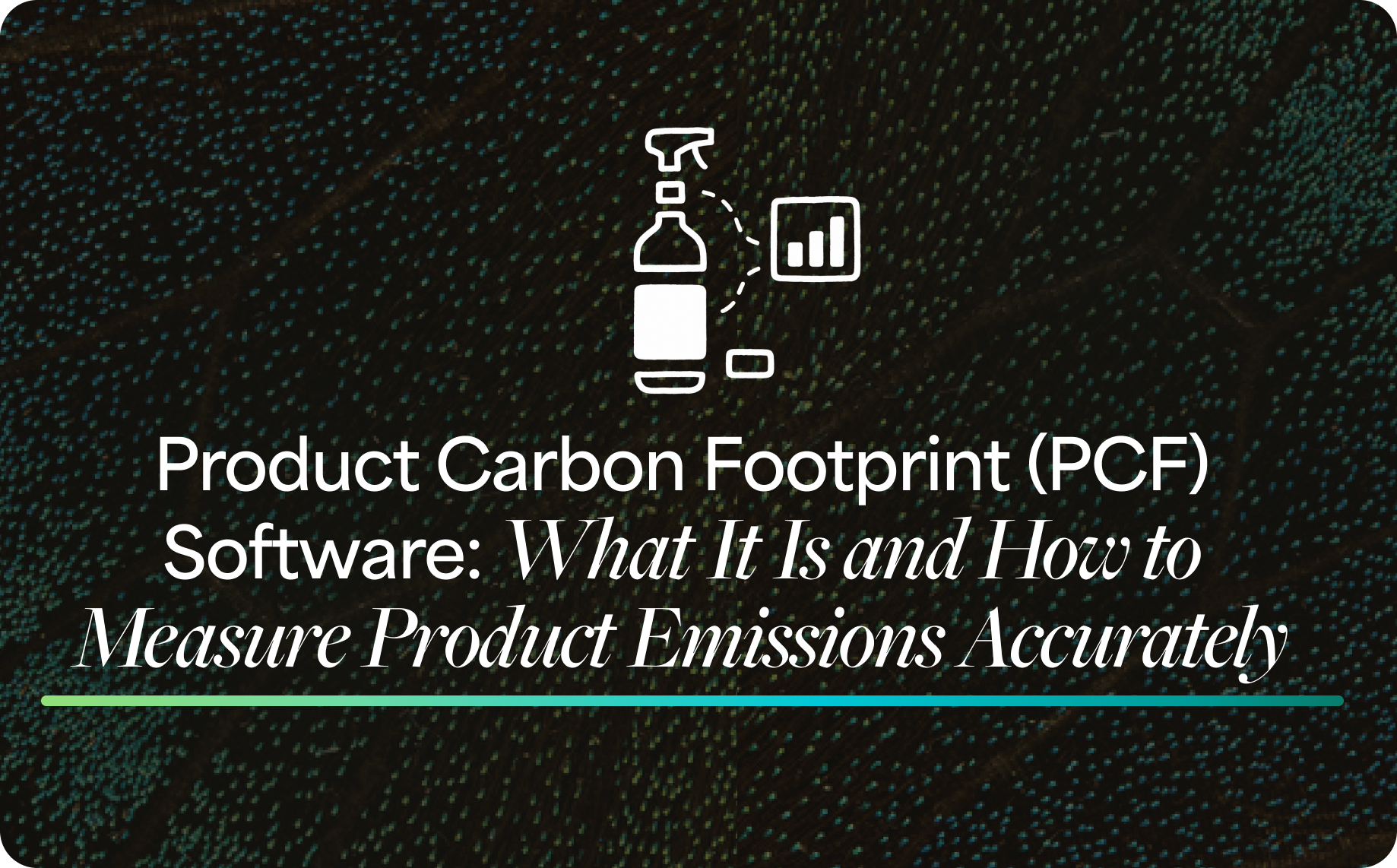What You Need to Know About AASB S2
Recent shifts in climate-related financial reporting have prompted Australian companies to reexamine how they address climate risks. AASB S2 is Australia’s new climate-related disclosure standard, developed in alignment with IFRS S2. Mandated under the Corporations Act, it requires certain entities to begin disclosing climate-related financial information from their first annual reporting period starting on or after 1 January 2025.
Effective January 1, 2025, this mandatory standard applies to Group 1 entities, meaning those companies required to produce an annual financial report under Chapter 2M of the Corporations Act 2001 that meet two out of three of the following criteria: more than 500 employees, consolidated revenue of A$500 million or more, or consolidated gross assets of A$1 billion or more.
AASB S2 aligns Australian disclosure practices with global frameworks such as the TCFD recommendations and GRI metrics, supporting greater transparency and sustainable decision-making.
Why Is AASB S2 Important?
AASB S2 represents a significant change in how Australian organisations integrate climate risks into their financial disclosure. By incorporating these risks into corporate reporting, the new standard helps direct capital toward sustainable investments.
Approximately 68% of corporate emissions in Australia are linked to Group 1 entities, meaning this change could have widespread implications.
Ultimately, can your organisation afford to overlook these new requirements when the allocation of capital is at stake?
Who Needs to Comply with AASB S2?
Compliance is structured in tiers according to an entity's size and financial capacity:
• Group 1 – Effective January 1, 2025 - Entities meeting two out of the three benchmarks detailed above.
• Group 2 – Effective January 1, 2026 - Companies with at least 200 employees, A$100 million in revenue, or A$500 million in assets.
• Group 3 – Effective January 1, 2027 - Organisations with at least 100 employees, A$50 million in revenue, or A$25 million in assets.
This phased approach gives smaller organisations additional time to adjust their sustainability strategies to comply with the new requirements.
What Are the Key Disclosure Requirements Under AASB S2?
AASB S2 outlines several critical areas for disclosure, enabling organisations to manage and communicate climate-related risks and opportunities effectively:
• Governance: Describe board oversight processes and governance structures with a specific focus on climate risks.
• Strategy: Develop transition plans and conduct scenario analyses (for example, using RCP scenarios 4.5 and 8.5) to evaluate the financial impact of climate change.
• Risk and Opportunity Management: Identify, assess, and report the financial implications of both physical and transition risks associated with climate change.
Metrics and Targets:
• Year 1 focuses on disclosing Scope 1 and 2 greenhouse gas (GHG) emissions, utilising tools such as the Scope 1 & 2 Emissions feature available at Unravel Carbon.
• From Year 2 onwards, include Scope 3 emissions with a detailed explanation of the methodologies used.
Preliminary evidence suggests that early voluntary TCFD reporters have seen a 15% reduction in their cost of capital compared with non-reporters, highlighting the financial incentives of adhering to AASB S2.
How Will AASB S2 Impact Australian Businesses?
The introduction of AASB S2 carries considerable implications. With nearly 70% of corporate emissions emanating from Group 1 entities, the standard may significantly influence national emissions reductions. Estimates indicate that large companies could incur setup costs between A$200,000 and A$400,000 and ongoing annual costs of approximately A$50,000 in subsequent reporting cycles.
Addressing these requirements proactively not only reduces risks but can also contribute to lower operational costs and improved investor confidence.
What Guidance Is Available for Implementing AASB S2?
Regulatory bodies such as the Australian Accounting Standards Board (AASB) and the Australian Securities and Investments Commission (ASIC) provide detailed support to aid organisations during this transition:
• AASB Resources: Resources include FAQs, implementation guides, and a dedicated Knowledge Hub that functions as a central resource.
• ASIC Alerts: Regular updates serve as reminders for corporate boards regarding their responsibilities in overseeing climate risk.
Organisations are encouraged to develop clear climate-related disclosure frameworks and to establish strong governance structures that meet the new reporting requirements.
Unravel Carbon’s integrated ESG solution is uniquely positioned to support organisations in meeting these new regulatory standards. By centralising sustainability and climate-related data across multiple frameworks, the platform streamlines disclosure preparation and ensures consistent compliance with AASB S2 requirements.
What Are the Consequences of Non-Compliance with AASB S2?
Failure to meet the standards of AASB S2 can lead to strict regulatory repercussions. The Treasury is expected to finalize potential penalty regulations by December 2025, and board members may face increased scrutiny regarding their oversight of climate risk and related responsibilities. Group 1 entities, in particular, must ensure they are fully prepared to satisfy all disclosure requirements.
Conclusion
Australian organisations, especially those in Group 1, now face detailed climate-related disclosure requirements under AASB S2 as the first reporting periods begin in 2025. Group 2 entities will follow from 1 July 2026, with Group 3 commencing from 1 July 2027.
Proactively addressing these new standards is not only a regulatory necessity but also a strategic opportunity to strengthen corporate reputation, reduce operational risks, and maintain investor confidence in a business landscape that prioritizes environmental responsibility
To help you confidently navigate the evolving regulatory environment, Unravel Carbon offers ASRS in a Box - an AI-driven, practical solution purpose-built for Australian requirements. By centralising emissions data, automating analytics, and integrating expert advisory support, Unravel empowers organisations to simplify their measurement and disclosure processes, turning compliance into a strategic advantage.
If you’re interested in learning how this can work for your organisation, simply reply to this message or reach out to hello@unravelcarbon.com
External Links
Source Citations
- Australian Securities and Investments Commission (ASIC)
- Australian Government Corporations Act 2001
- PwC Sustainability Reporting Standards


.jpg)

.jpg)